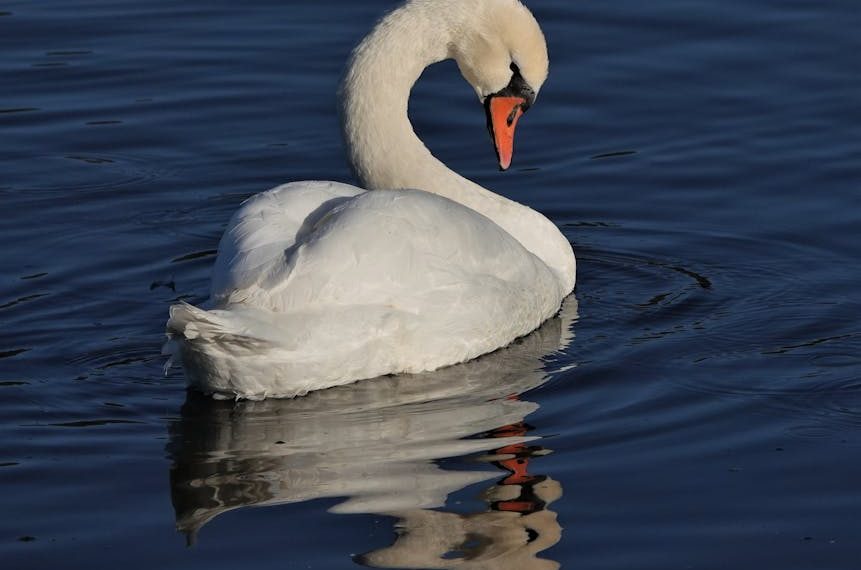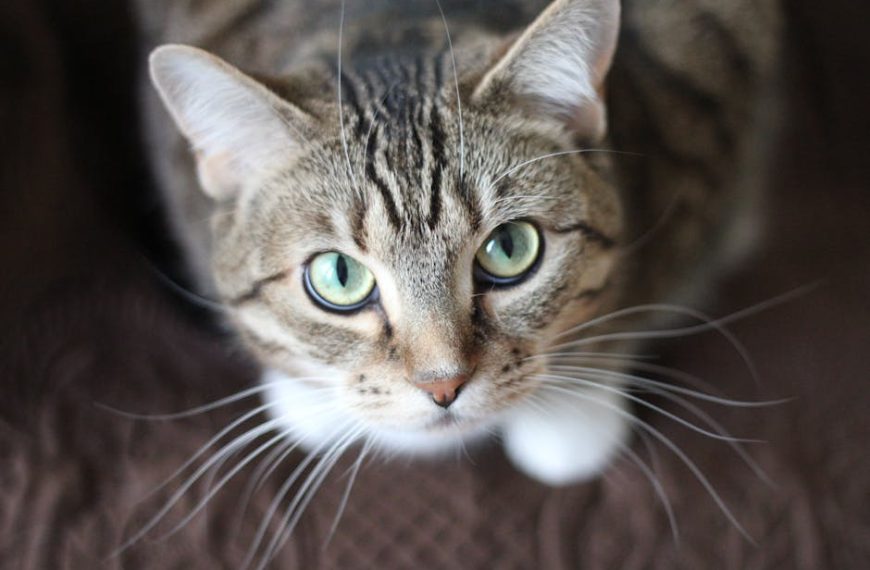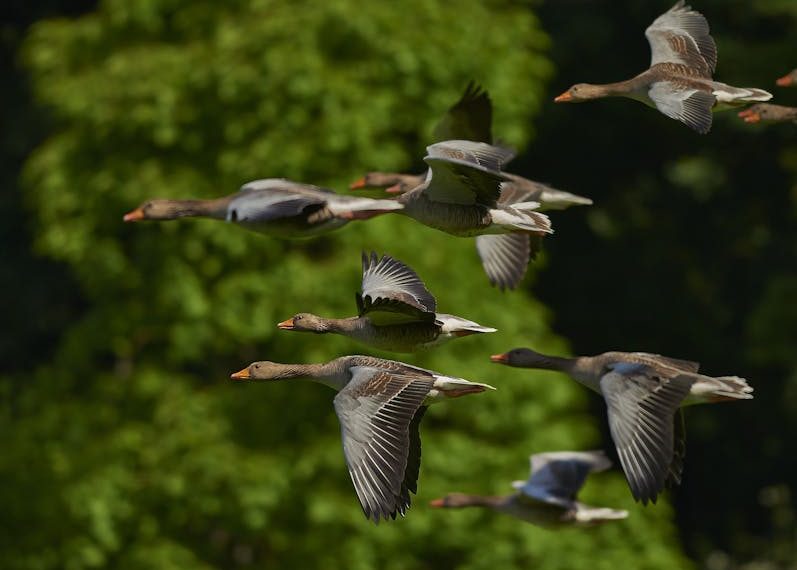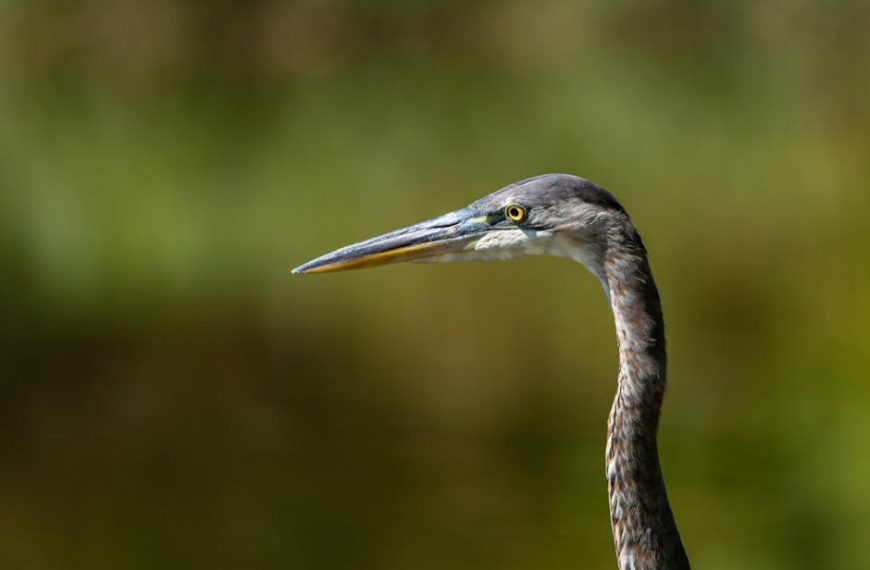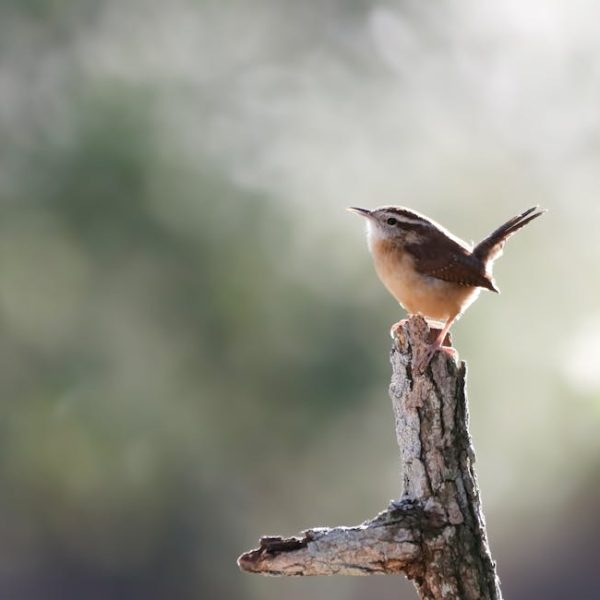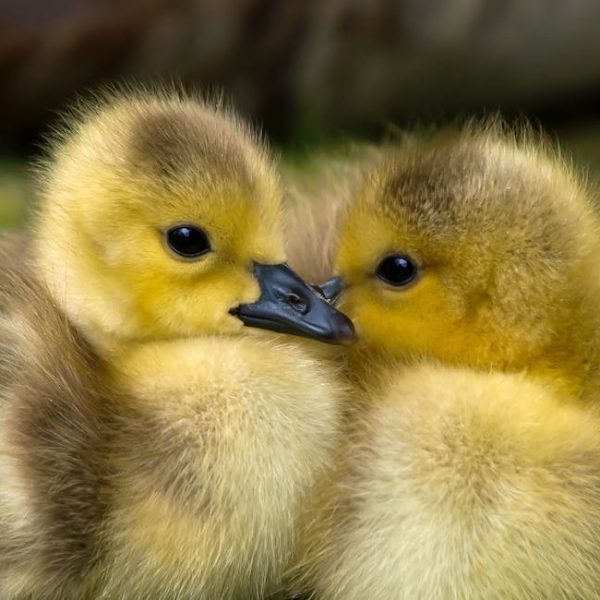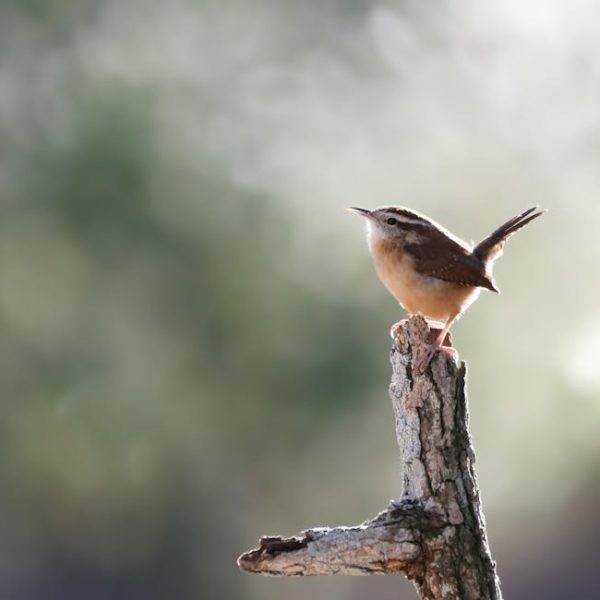Every pet owner knows that pet food, especially cat food, is like a magnet not only for cats but also to an array of various other creatures, including birds. This unwanted attention from our feathered friends can lead to a range of challenges like food wastage, hygiene issues and stress for our feline companions. The surprise solution to these problems lies not in bird control but in rethinking how we manage our cats’ food.
Evaluating the Situation
Understanding the issue in depth is the first step towards finding an effective solution. Bird attraction to cat food is typically prompted by their innate search for easy-to-find nutrition. The strong aroma and high nutrient content make cat food hard to resist. Over time, this haphazard snacking can disrupt the birds’ natural feeding patterns, and lead to the spread of parasites.
Recognizing signs of this problem can be as straightforward as noticing a flurry of feathers around your cat’s feeding area, or as subtle as the feline itself showing signs of stress due to the unexpected company. Therefore, starting with thorough observations and being alert to signs like,
- Unusually empty food dishes,
- Gatherings of birds around the feeding area,
- Agitated behavior from your cat during feeding times,
can provide valuable insights into the situation.
Choosing the Right Food Storage
A shift in your food storage strategies can prove to be extremely beneficial. Birds are drawn towards open food sources. Closed, secure containers that are difficult for birds to open can solve half your issues. Opting for containers with tightly sealed lids or heavyweight bases can keep the birds out. Another effective strategy is moving the feeding process indoors if possible, thus offering a dual benefit – less exposure to birds, and more control over the feeding environment.
Different food storage solutions carry their pros and cons:
| Storage Solution | Pros | Cons |
|---|---|---|
| Tightly sealed container | Keeps cat food bird-free | Can be hard for cats to access |
| Heavyweight base container | Difficult for birds to topple over | Cat may struggle to reach food inside |
| Indoor feeding | Absence of birds | May not be feasible, if cat prefers outdoor feeding |
Regardless of your choice, maintaining cleanliness and discipline in food storage are indispensable for its effectiveness.
Altering Feeding Times and Locations
Another effective strategy is aligning your cat’s feeding schedules with the times when birds are least active, such as early evening or night. Further, feeding locations could be modified to be less accessible to birds, like inside a closed patio, or at an elevated position which cats can reach easily but birds can’t.
Common active times for most bird species include early mornings and late afternoons. With this in mind, facilitating feeding times that dodge high bird activity can save a lot of trouble.
Reducing Attractiveness of Cat Food
The aroma of cat food can be irresistible to birds. Opt for brands of cat food that produce less aroma but are still nutritious for your cat. As another option, you may consider mixing bird-deterring ingredients, such as bitter apple, into your cat’s meals. Always be cautious with additives and ensure they are safe for your cat’s consumption.
Some recommended cat food brands with less aroma include:
- Nutro
- Blue Buffalo Wilderness
- IAMS Perfect Portions
Maintaining cleanliness around feeding areas is another important step in reducing the attractiveness of your cat’s food to birds. Always ensure leftover food is cleaned up promptly and that food containers are washed regularly to reduce lingering food scents that could attract birds.
Creating a Bird-Deterrent Environment
Creating a bird-unfriendly environment might be the final push needed to keep the birds away. Reflective materials, such as CDs, aluminum foil, or specialized reflective tape, can disorient birds and deter them from venturing near your cat’s food. Decoy predators, like fake owls or snakes, can also be used to scare birds away.
Let’s consider the pros and cons of these deterrent techniques:
| Deterrent Method | Pros | Cons |
|---|---|---|
| Reflective Materials | Effective in scaring off birds | May not be aesthetically pleasing |
| Decoy Predators | Creates sense of danger keeping birds away | May scare off not just birds, but other harmless animals too |
| Natural Repellents | Eco-friendly bird deterrent | Can be tricky to find the right one that works |
By adopting these strategies, you can ensure your feline friend enjoys their mealtime in peace without unwelcome avian intruders, while also keeping our feathered friends safe and healthy! Keep observing, adapting, and improving your strategies for best results.
Key Takeaway:
- The attraction of birds to cat food is due to their search for readily available nutrition. Observing signs of bird interference like empty food dishes, bird gatherings and cat restlessness can help understand the scale of the problem.
- Proper food storage in sealed or heavyweight containers and indoor feeding can deter birds.
- Adjusting feeding schedules to when birds are inactive and choosing bird-inaccessible locations can help.
- Using less aromatic cat food or mixing in bird-deterring ingredients can make the food less attractive to birds.
- Utilizing bird deterrents like reflective materials and decoy predators or natural deterrents can help create a bird-unfriendly environment.
Your aim as a pet owner is to ensure the utmost comfort and health for your pets. Remember, combating challenges like unwelcome birds around cat food doesn’t always require drastic measures. Understanding bird behavior, maintaining a disciplined feeding environment, and making small changes to your pet’s feeding regime based on your observations are often the only shifts needed for a bird-free space. Stay observant, stay patient and remember: there’s always a solution out there!
FAQs
Q: What can I mix in my cat’s food to deter birds?
A: You could consider mixing in some bird-deterring ingredients that are safe for your cat, like bitter apple. However, always check with your vet before adding any new ingredients to your cat’s diet.
Q: If I start feeding my cat inside, won’t it cause an inconvenience for my cat who is used to outdoor feeding?
A: There could be a minor adjustment period for your cat, but they should be able to get used to indoor feeding with time. If that’s not possible, other measures like decreasing food aroma or changing feeding times can be explored.
Q: Are there particular birds that are more attracted to cat food?
A: It’s less about the species and more about the availability of easy nutrition. Most birds will be attracted to readily available food, irrespective of the type.
Q: Is there a way to deter birds without causing them harm or interfering with their natural routines?
A: Absolutely! Methods like deploying decoy predators or using certain reflective materials can effectively deter birds without causing them harm.
Q: Can I use any natural plants or essential oils to deter birds?
A: Yes, certain species of plants or essential oils can repel birds. But make sure any plants or oils used are not harmful to your cat.
Remember to share this article with other pet parents facing similar issues and explore our website for more helpful guides and tips!

